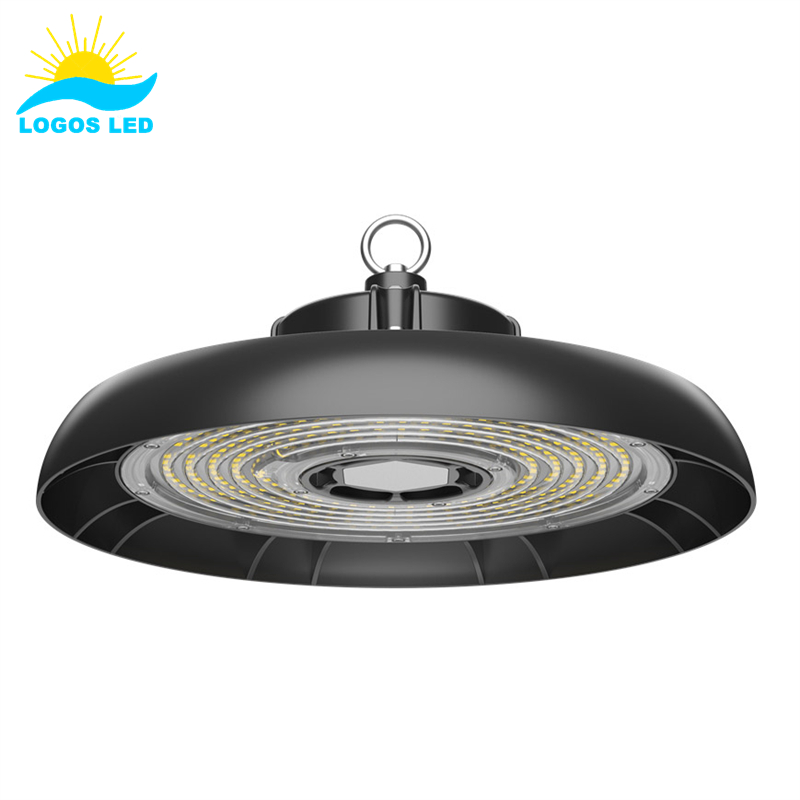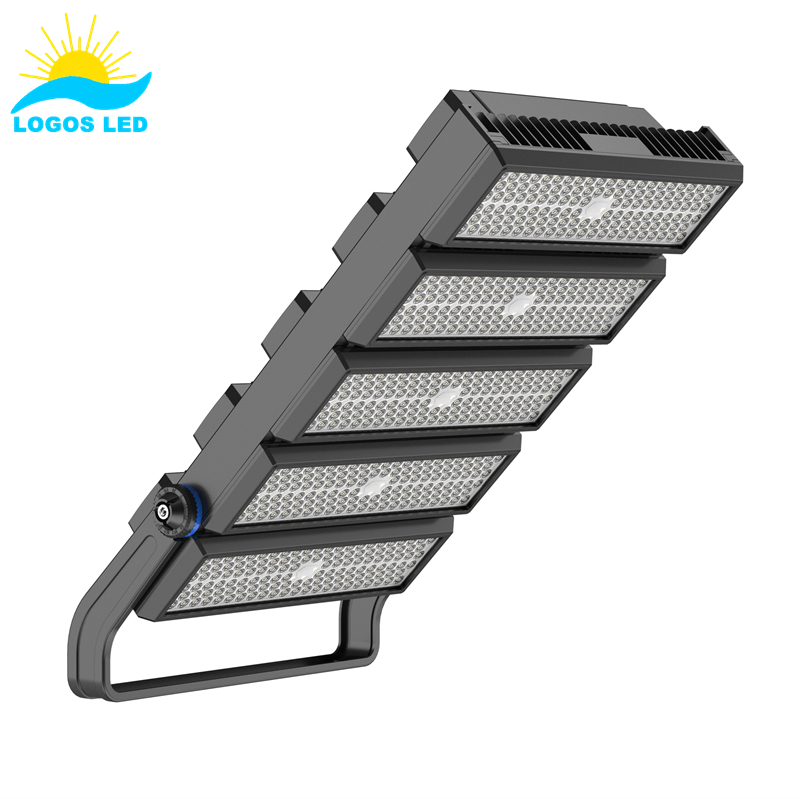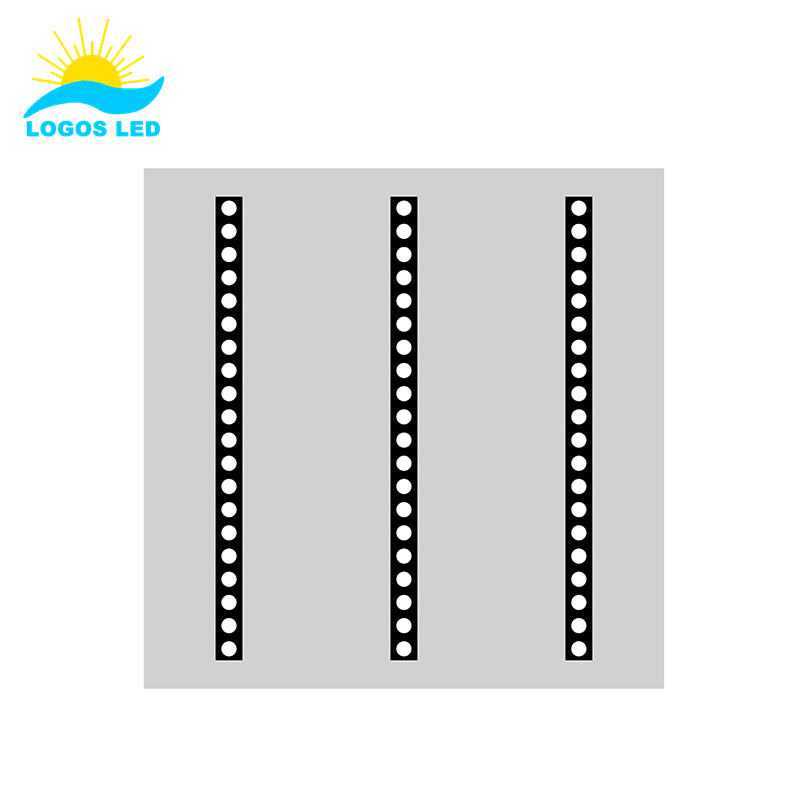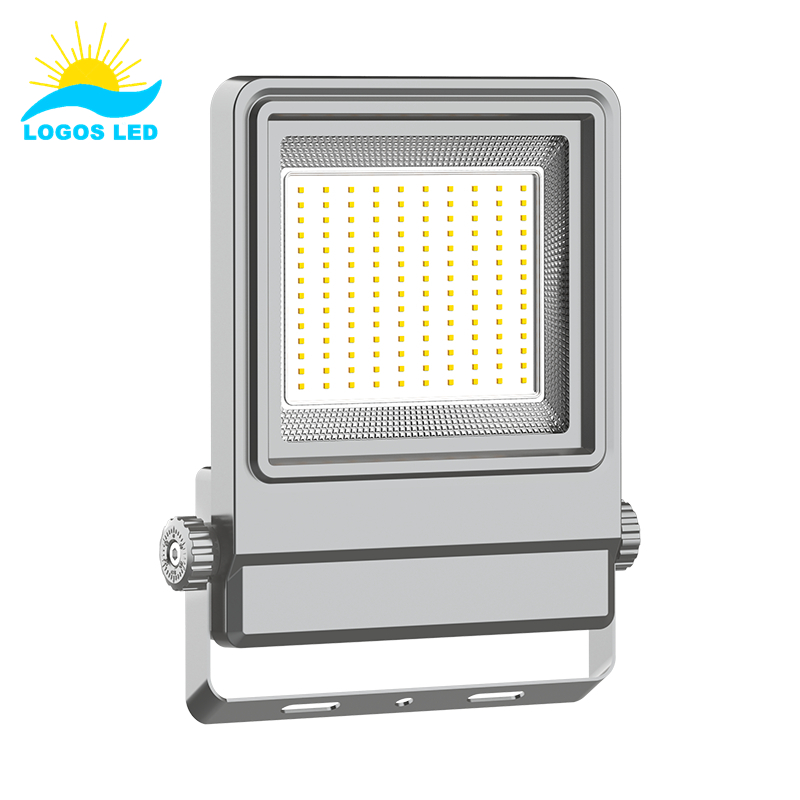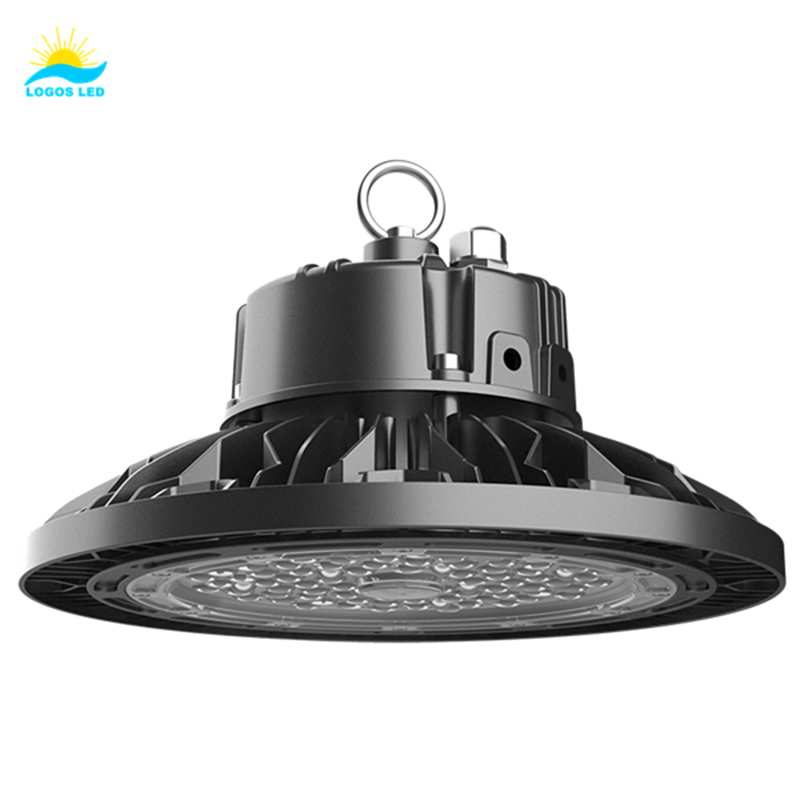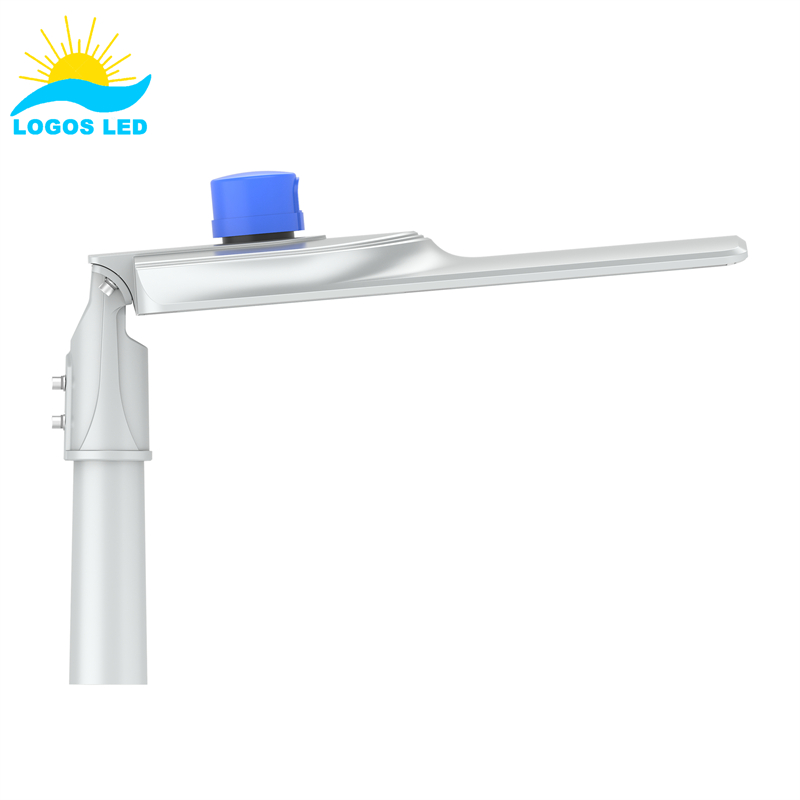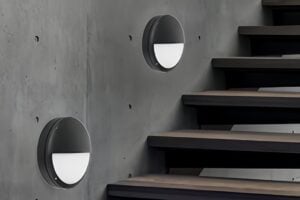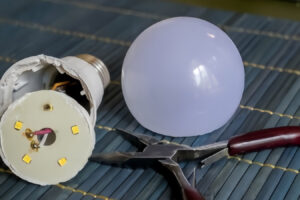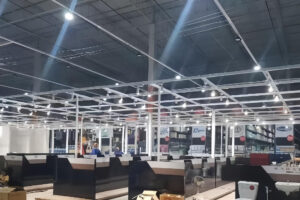Choosing the right ballast for your lighting system can be confusing. Pick the wrong one, and you could end up with flickering lights, higher energy bills, and frequent replacements. Understanding the difference between electronic and magnetic ballasts can save you money and improve your lighting experience.
A ballast regulates the current in fluorescent and HID (High-Intensity Discharge) lamps. While electronic ballasts use advanced circuitry for efficient and quiet operation, magnetic ballasts rely on heavy coils and are less efficient. Knowing the difference helps you choose the right option for your lighting needs, offering better performance and lower costs in the long run.
Let’s break down the differences and understand which one is the best fit for your lighting needs.
Table of Contents
What is the Purpose of the Ballast?
A ballast is an essential component for fluorescent and HID lighting systems. Its primary function is to regulate the current flowing through the lamp. When a lamp is turned on, the ballast supplies a high voltage to start the light and then reduces the voltage to maintain safe and stable operation.
Without a ballast, the electrical current would rise uncontrollably, damaging the lamp and potentially causing a fire hazard. Both electronic ballast and magnetic ballast serve this purpose, but they do it in very different ways.
What is an Electronic Ballast?
An electronic ballast is a more modern solution that uses solid-state circuitry to regulate the current and voltage in a lamp. Unlike its magnetic counterpart, it operates at a much higher frequency, usually around 20,000 Hz to 60,000 Hz. This higher frequency eliminates visible flicker and reduces noise, providing a smoother lighting experience.
Advantages of electronic ballasts include:
– Energy Efficiency: Uses up to 30% less energy compared to magnetic ballasts.
– Reduced Heat Emission: Generates less heat, improving overall efficiency.
– No Flicker: Operates at high frequencies, preventing visible flicker.
– Lightweight Design: Much lighter and more compact than magnetic ballasts.
These features make electronic ballasts ideal for office lighting, commercial buildings, and modern LED conversions.
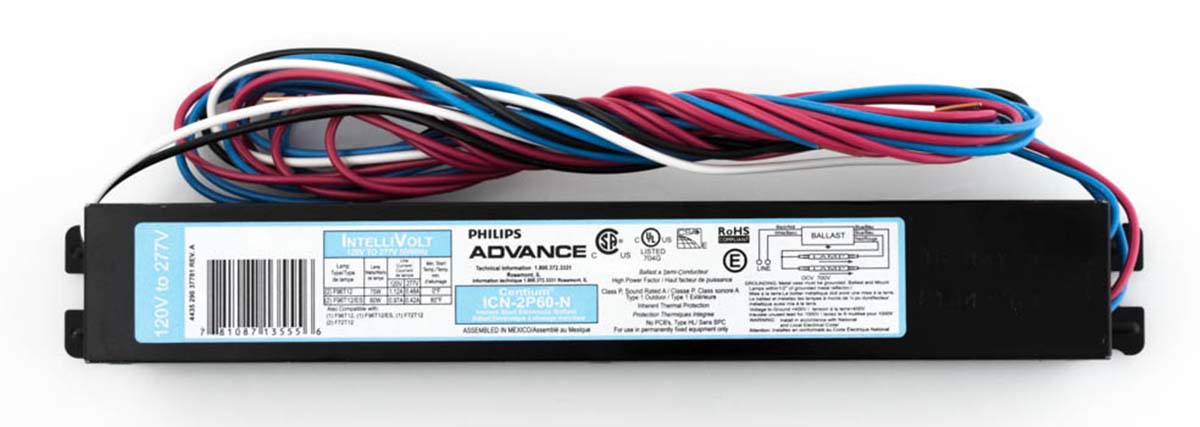
Electronic Ballast
What is a Magnetic Ballast?
A magnetic ballast is the older technology that uses coils of wire and magnetic fields to regulate current. When electricity flows through the coil, it creates a magnetic field that limits the current. These ballasts operate at 60 Hz, which can cause a noticeable flicker and buzzing sound.
While magnetic ballasts are more robust and sometimes more durable, they are:
– Less Energy Efficient: They consume more electricity compared to electronic ballasts.
– Heavy and Bulky: Made with coils and iron cores, adding weight.
– Noisy Operation: Often produce a humming noise.
– Prone to Flickering: The low frequency of 60 Hz can cause noticeable flicker.
Because of these downsides, magnetic ballasts are being phased out in favor of more efficient electronic options.
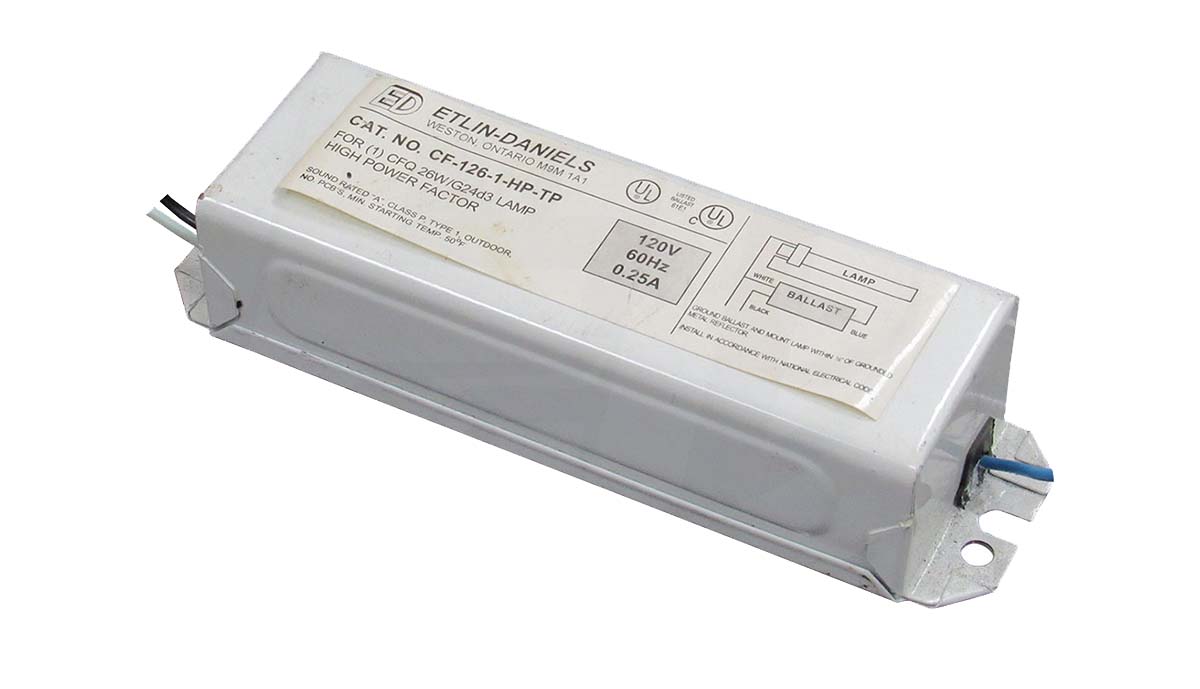
Magnetic Ballast
What is the Difference Between Electronic and Magnetic Ballast?
The main differences between electronic and magnetic ballasts are:
| Feature | Electronic Ballast | Magnetic Ballast |
|---|---|---|
| Technology | Solid-state circuitry | Coil and iron core |
| Frequency | 20,000 Hz to 60,000 Hz | 60 Hz |
| Energy Efficiency | High | Low |
| Flicker | No flicker | Noticeable flicker |
| Size and Weight | Compact and lightweight | Heavy and bulky |
| Noise Level | Silent | Buzzing sound |
| Lifespan | Longer lifespan | Shorter lifespan |
| Compatibility | Works with modern LED tubes | Mostly limited to older fluorescent lights |
Clearly, electronic ballasts outperform magnetic ballasts in almost every aspect. This is why they are now the standard for LED upgrades and new installations.
Can You Replace Magnetic Ballast with Electronic?
Yes, you can replace a magnetic ballast with an electronic one. In fact, it’s highly recommended if you want to:
– Reduce energy consumption by up to 30%.
– Eliminate flickering and buzzing noises.
– Extend the lifespan of your lamps.
– Improve lighting quality and uniformity.
The process involves a simple retrofit, where the old magnetic ballast is removed and the electronic one is wired in its place. It’s a straightforward upgrade that can make a noticeable difference.
Which is Better, Magnetic or Electronic Ballast?
Without question, electronic ballasts are superior in terms of:
– Energy efficiency
– Quiet operation
– No flicker
– Longer lifespan
Magnetic ballasts are becoming outdated as they consume more power, create noise, and produce inconsistent lighting. The only advantage magnetic ballasts still hold is their durability in extreme environments, which is why you might still find them in some heavy-duty industrial applications.

LED tube light Application in supermarket
How Do I Know if My Ballast is Magnetic or Electronic?
You can easily identify whether your ballast is magnetic or electronic by:
1. Weight – Magnetic ballasts are significantly heavier.
2. Flicker and Noise – If your lights flicker or make a buzzing sound, it’s likely magnetic.
3. Label Information – Look for “Electronic” or “Magnetic” on the ballast label.
4. Age – If your fixture is more than 15 years old, it’s probably magnetic.
How to Upgrade Fluorescent Lights with Ballast to LED Light?
Upgrading your existing fluorescent lights to energy-efficient LED technology can be straightforward if you follow the right steps. Here’s how to do it properly:
Step 1: Identify the Ballast Type
- Magnetic Ballast: Older fixtures often use magnetic ballasts, which are bulky and less efficient. These must be completely removed during the LED upgrade process.
- Electronic Ballast: Newer fluorescent lights may use electronic ballasts. Some LED tubes are compatible with these, labeled as Plug-and-Play or Type A LED Tubes. If not, you will need to perform a ballast bypass.
Step 2: Choose the Right LED Tubes
There are three main types of LED tubes to consider:
– Type A (Plug-and-Play): These are compatible with existing electronic ballasts. Simply remove the fluorescent tube and replace it with the LED tube—no rewiring needed.
– Type B (Ballast Bypass): These require you to remove the ballast and wire the tube directly to the power source. It’s more energy-efficient but needs some electrical work.
– Type A+B (Hybrid): These work with electronic ballasts but can also be re-wired for direct power if the ballast fails. They offer the most flexibility during upgrades.
Step 3: Wiring Adjustments
If you are using Type B LED Tubes (Ballast Bypass):
1. Turn off the power at the circuit breaker for safety.
2. Remove the fluorescent tubes and the ballast from the fixture.
3. Rewire the sockets (tombstones) for direct line voltage, typically 120V or 277V depending on your setup.
4. Connect the Live (L) and Neutral (N) wires directly to the tombstones as specified in the LED tube’s wiring diagram.
5. Ensure proper grounding and secure all connections.
For Type A or Hybrid Tubes, no rewiring is required if you have an electronic ballast. Just plug and play.
Step 4: Install the LED Tubes
- Insert the LED tubes into the fixture just as you would with traditional fluorescent tubes.
- Double-check that the tubes are securely in place and properly aligned.
Step 5: Power On and Test
- Restore power at the circuit breaker.
- Switch on the lights and check for:
– Proper illumination
– Absence of flickering or buzzing
– Even light distribution
Advantages of Upgrading to LED:
- Eliminates Flicker: LED lights provide steady, flicker-free illumination.
- Reduces Energy Costs: LEDs consume up to 50% less energy compared to fluorescent lights.
- Longer Lifespan: LED tubes last up to 50,000 hours, significantly reducing maintenance costs.
- Enhanced Light Quality: Brighter, more focused light with improved color rendering.
By following these steps, you can easily upgrade your fluorescent fixtures to LED technology, boosting efficiency, cutting energy costs, and enhancing lighting quality.

LED Tube Light Applications
Conclusion
Understanding the difference between electronic and magnetic ballasts helps you make the right decision for your lighting needs. Electronic ballasts offer better efficiency, smoother light, and longer life, making them the ideal choice for LED upgrades and modern lighting solutions.
If you’re looking to upgrade your lighting to LED with the right ballast, reach out to us at Logos Lighting. We’re here to make it simple and effective for you!
Request A Free Quote Now!
Send us a message if you have any questions or request a quote. We will get back to you ASAP!



